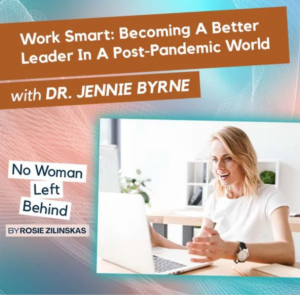What I’m reading… Switch by Chip and Dan Heath
Are you a “fixer” like me? If so, you likely see all the things that are not working in a system and want to make changes to fix the problems. I work at CareMore Health – a large, complex organization that strives to make meaningful change in the way healthcare is delivered in our country. At my job as Chief Behavioral Health Officer, it is easy to see all the things that are not working, because I want to make change to “fix” the system.
But change is hard. Making big changes in a large, complex system like healthcare is extremely hard.
What I love about this book is the idea of starting with the BRIGHT SPOTS. Where is our system working to provide health, not healthcare? Where are we succeeding? Where are we making significant change to our patients’ lives? Where do our staff members feel they have the most meaningful place to work in the USA?
If we focus on the BRIGHT SPOTS we can help others see that positive change is indeed possible, and already happening. Of course there is variability in each system, so the negative perspective is to say “that doesn’t apply to me because that system is different because of X,Y, and Z”. But closer examination of the BRIGHT SPOTS can find themes, sometimes quite simple.
For example, when I owned my private group practice, I interviewed patients to get their perspective on our office and how they felt about psychiatry in general. To my surprise, they consistently told me that the way the office “felt” was one of the most important things to them. They pointed to themes of feeling warm and welcomed, to having staff that remembered them and took a few minutes to chat about their family, to having soothing music playing in the background. Many said that they liked the way the doctors came out of their office, walked down the hall, greeted the patient, and walked back to their office together. I did not expect these simple gestures to be so important – I thought patients would say something about the high clinical quality of care or the rapid response to pharmacy requests. Here, the BRIGHT SPOT was the feeling of the office and staff.
I also think the idea of BRIGHT SPOTS applies to my work with patients. Solution-focused psychotherapy is a technique which helps patients see where they are already experiencing meaningful change in their lives, no matter how small. Helping a patient identify these BRIGHT SPOTS and then build upon them can be a relatively simple way to help them make progress towards larger changes in their lives.
For example, I worked with a patient with depression and overeating who wanted to make changes to her mood and eating patterns. She was able to identify situations in which she made a good food choice or got off her couch for 15 minutes to do the dishes. Helping her identify these steps that she has already taken led to the question “How can you build on these steps”?” She then went from one good food choice per week to two good choices, she went from 15 minutes off the couch to 20 minutes off the couch, etc. Progress was slow, but she gained confidence along the way and her mood improved. She was then able to make more and more small steps, gaining momentum, until it was a positive snowball and the change was more rapid.
Change is hard. For fixers, looking for bright spots as a place to build rather than problems for a place to fix is often a good challenge!







